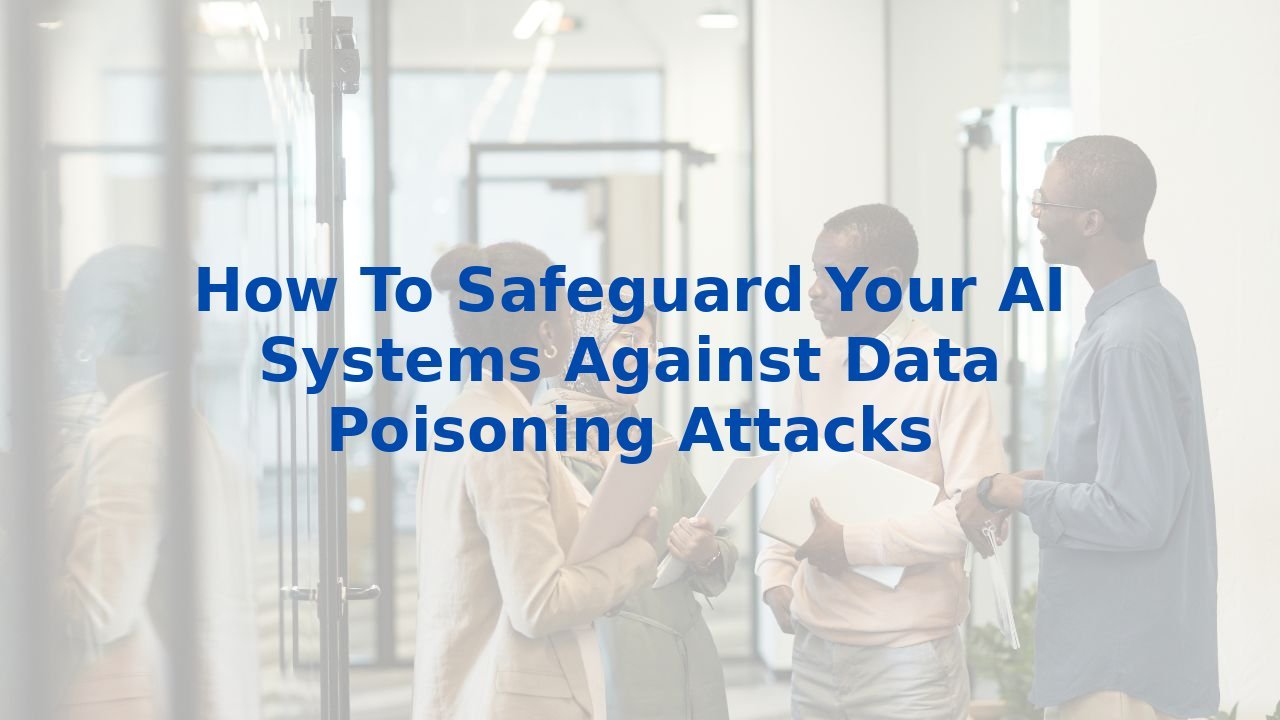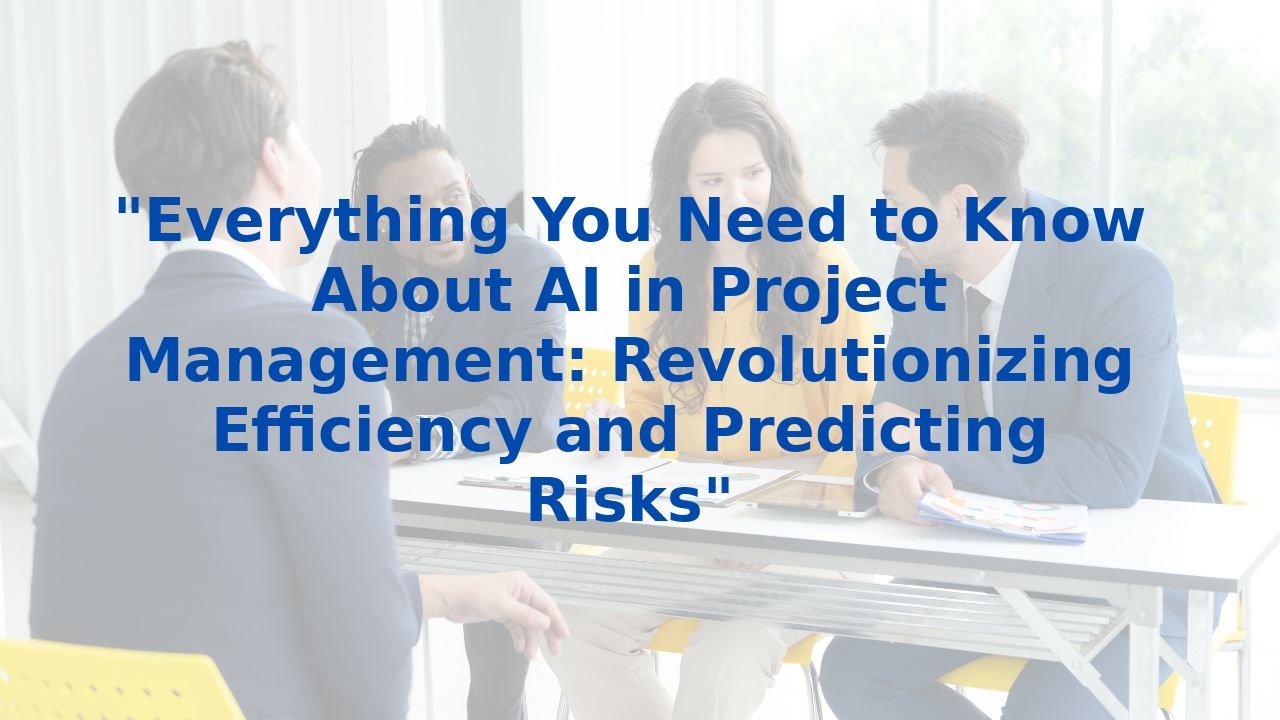How To Safeguard Your AI Systems Against Data Poisoning Attacks
How To Safeguard Your AI Systems Against Data Poisoning Attacks
As we navigate this technological age, the fusion of artificial intelligence (AI) and machine learning (ML) into business operations brings profound transformations. However, with innovation comes new vulnerabilities. One such threat that organizations need to be acutely aware of is data poisoning attacks. In this article, we will not only delve into this sophisticated form of cyberattack but also examine how AI can bolster business processes, enhancing operational efficiency while safeguarding against these potential breaches.
Understanding Data Poisoning
Data poisoning is a malicious tactic where adversaries manipulate the training data used to teach AI systems. This manipulation can lead to compromised outputs, resulting in flawed decisions across various sectors—including healthcare, finance, and beyond. Imagine a decision-making algorithm skewed by incorrect or misleading data; the consequences could be dire.
The Mechanics of Data Poisoning
At its core, data poisoning takes advantage of the vast datasets essential for AI learning. Unscrupulous actors can introduce false data through various methods:
- Label Poisoning: Where adversaries inject mislabeled data to influence the model's output.
- Training Data Poisoning: A targeted approach that alters a significant portion of datasets to skew learning outcomes.
- Model Inversion Attacks: These enable attackers to infer confidential data by exploiting AI system responses.
- Stealth Attacks: Manipulations are performed subtly, staying undetected until significant damage is done.
Real-World Impact of Data Poisoning
The potential repercussions of data poisoning cannot be overstated. Consider the following scenarios:
- Spam Filter Failures: An attacker could poison a dataset to allow spam emails to bypass filters, thereby creating pathways for phishing scams and other cyber threats.
- Network Misclassification: Incorrectly labeled network traffic can lead to major security breaches, crippling operational efficiency.
Defensive Strategies Against Data Poisoning
Combatting data poisoning requires a multi-faceted approach. Here are critical strategies that organizations should implement:
“A proactive stance on cybersecurity is the best defense in the ever-evolving landscape of tech threats.”
1. Data Validation and Sanitization
Implement robust techniques to filter out suspicious data before training your AI systems. This might include statistical analysis or anomaly detection methods.
2. Regular Model Auditing
Conduct continuous monitoring and audits for your ML models to catch performance anomalies early.
3. Diverse Data Sources
Utilizing varied data sources dilutes the impact of any poisoned data, significantly mitigating the risk associated with singular datasets.
4. Robust Learning Techniques
Incorporate advanced algorithms that minimize the effect of outliers. Techniques like trimmed mean calculations can bolster defenses against poisoning.
5. Provenance Tracking
Maintain transparent records of your data sources and modifications to facilitate post-event analysis when suspicions arise.
6. Employee Training
The human factor is crucial. Educating employees about AI, data integrity, and cybersecurity best practices can empower them to identify anomalies and suspicious activities before they escalate.
The Necessity of AI Training for Employees
Training your workforce not only raises awareness but cultivates a culture centered on security and responsibility:
- Improved Detection: Knowledgeable employees can spot irregularities more efficiently, enhancing your organization's defensive perimeter.
- Enhanced Reporting: Equipped with understanding, employees can report potential threats, allowing faster responses to incidents.
- Proactive Measures: With appropriate training, staff will be prepared to implement preventive practices that ensure data integrity.
Conclusion
The landscape of AI and its intertwining with day-to-day business processes is immeasurable. However, as with all advancements, vigilance is paramount. Understanding data poisoning—its mechanics and impacts—can drive organizations toward robust defenses. By adopting comprehensive validation strategies and emphasizing the importance of employee training, businesses can not only enhance their operational efficiency but also secure their AI systems against insidious attacks. Knowledge is power, and in the realm of AI, it's also a shield.
For organizations eager to reinforce their abilities, investing in extensive workforce training programs can provide the skills necessary to navigate these challenges confidently. Explore tailored solutions to empower your entire team in AI proficiency and ensure the integrity of your data systems.



